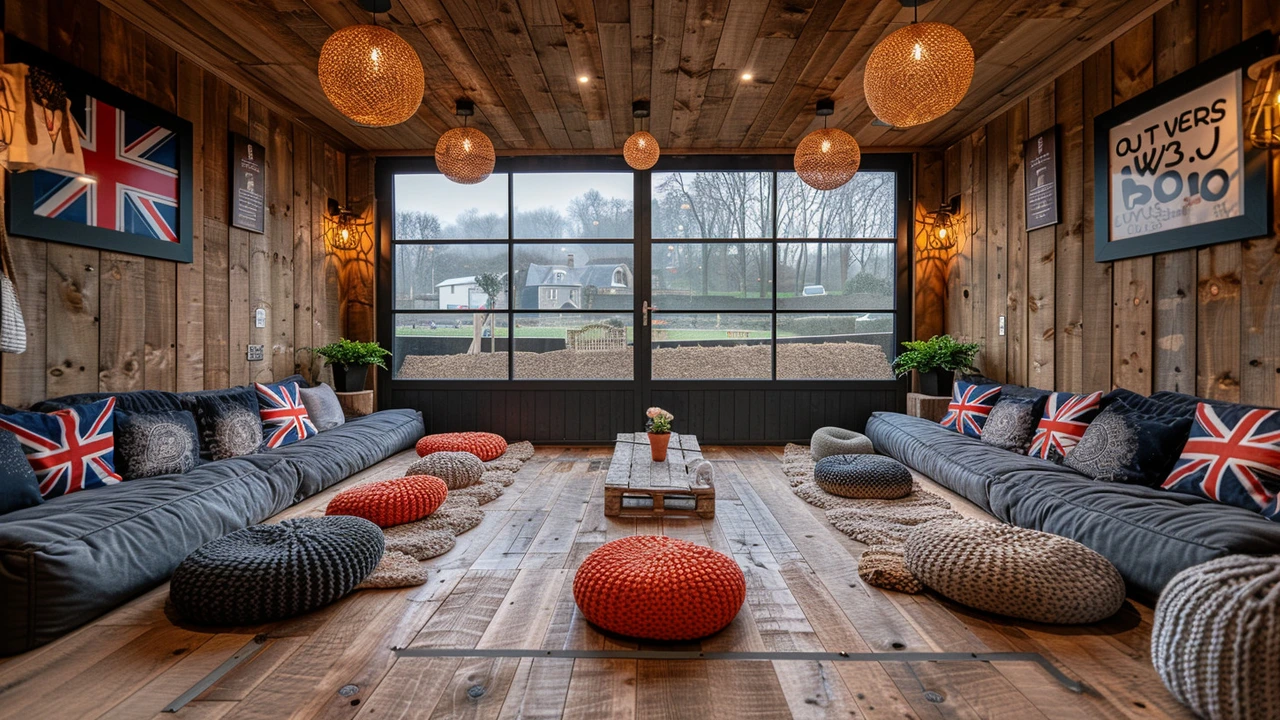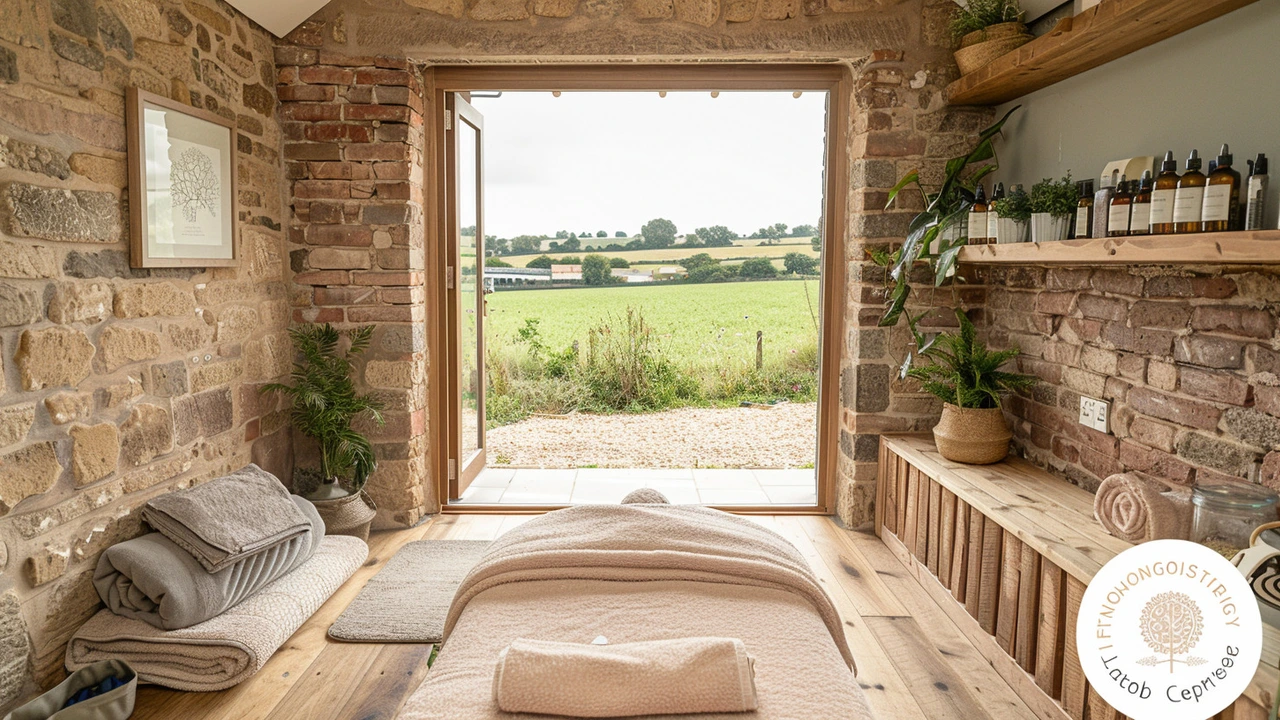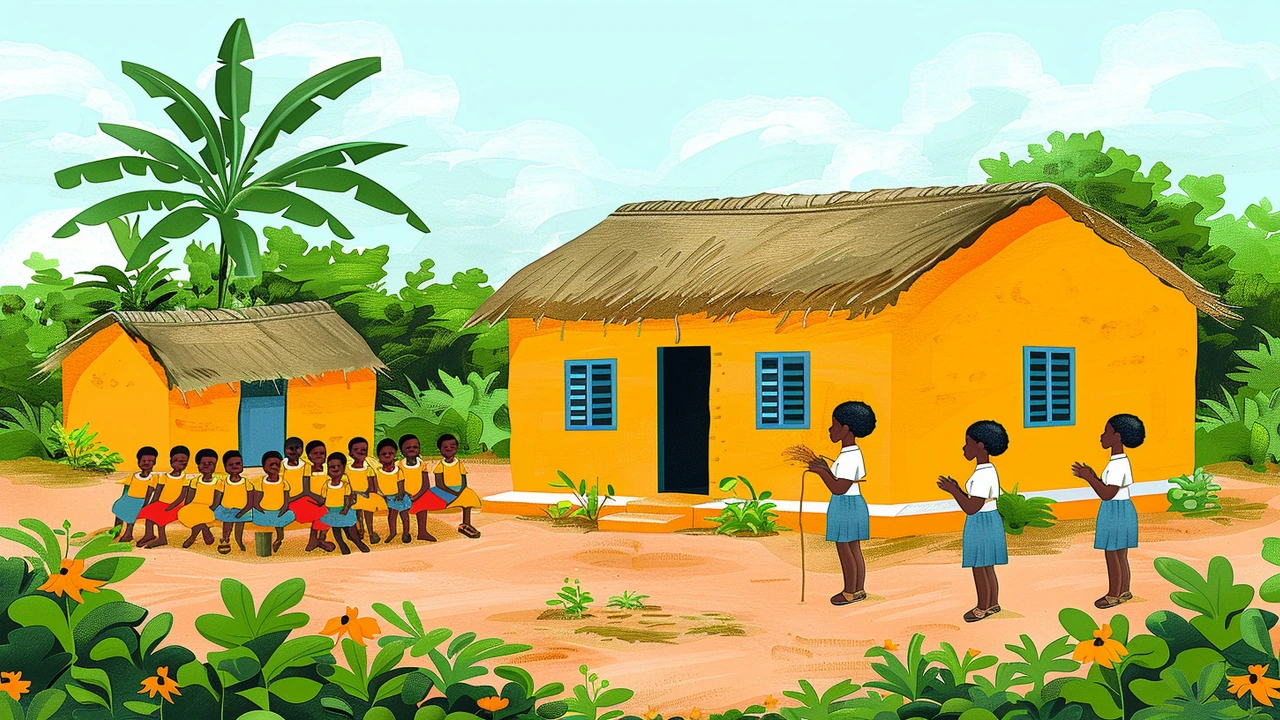June 2024 Wellness and Massage Archive
June brought a tight, useful set of posts focused on hands-on wellness: practical how-tos, quick routines, and safety pointers you can use right away. This page summarizes what we published so you can pick the article that fixes your current problem—skin, pain, relaxation, or mindset—and try one concrete step today.
The Thai bodywork post explains basic sequence, breathing cues, and how to scale pressure for different bodies. You’ll learn simple partner-assisted stretches and when to look for a trained therapist instead of DIYing deeper work. It’s a good starting point if you want stronger movement and release without guessing the next move.
Our Gua Sha guide is a short, practical routine for mornings: tool choices, direction of strokes, and how much pressure is safe for delicate skin. It lists common mistakes that cause redness or bruising, and gives a quick hygiene checklist so you avoid infections and broken capillaries.
Cross Fibre Release shows you targeted friction techniques for stubborn muscle bands. The article explains why gentle transverse pressure helps tissue glide, offers simple self-care moves, and points out clear red flags—sharp pain, numbness, or swelling—that mean stop and see a pro.
Therapies for recovery and calm
The cupping piece covers placements, normal sensations, and how to pair cupping with light stretching afterward to extend results. Expect practical tips on set duration, aftercare like hydration, and when cupping isn’t a good idea. The Laos massage article focuses on low-pressure techniques, breathing patterns, and positions that promote relaxation without causing soreness.
Acu-Yoga merges acupressure ideas with easy yoga stretches. You get three short sequences for morning energy, midday reset, and winding down before bed. Each move includes a way to modify if you have tight hips, neck pain, or limited mobility.
Mind and culture
The mindfulness beginner’s guide gives a five-minute practice you can do at work to lower stress and reset thinking. No jargon—just clear steps: posture, breath, and a tiny habit plan to build consistency. We also published a cultural piece on the Rungu, outlining its history and respectful ways to learn about tools from other cultures.
Safety notes: avoid vigorous scraping or deep friction on inflamed skin, open wounds, or varicose veins. Don’t use cupping if you have bleeding disorders or are on blood thinners without medical sign-off. Stop any technique that causes sharp pain, numbness, or persistent bruising. Clean tools after each use, hydrate after intense sessions, and consult a health professional when in doubt.
Try this quick weekly plan: Day 1—two-minute Gua Sha in the morning; Day 2—three Acu-Yoga stretches; Day 3—five-minute mindfulness; Day 4—Cross Fibre moves for 10 minutes; Day 5—rest or gentle Laos massage; Day 6—cupping session if cleared; Day 7—review how you feel. Follow this for two weeks and note what changed.
Pick one technique from this archive and practice it for a week. Small, consistent steps beat occasional grand plans. If something helps, keep it; if it doesn’t, swap to the next short practice on this list.

Ancient Thai Bodywork: A Timeless Healing Art
Thai bodywork, a form of traditional therapy, has long been revered for its healing benefits. Combining acupressure, yoga-like stretching, and deep massages, it stands out as a holistic approach to wellness. This article delves into its history, techniques, benefits, and practical tips for those considering trying or learning this ancient art.

Revitalize Your Skin with Gua Sha Techniques
Discover how to transform your skincare routine with the ancient practice of Gua Sha. Learn about its benefits, how to use it effectively, common mistakes to avoid, and tips for getting the best results. Unveil the secret behind this natural, non-invasive beauty technique.

Cross Fibre Release: Revolutionizing Pain Management Techniques
Cross Fibre Release is an innovative technique in pain management that offers a new way to alleviate chronic discomfort and improve muscle recovery. By focusing on targeted massage methods, it provides a deep level of care that can often outperform traditional practices. This article delves into the principles behind Cross Fibre Release and offers practical tips for integrating this approach into everyday wellness routines.

Discovering Serenity: Laos Massage Benefits and Techniques
Explore the calming and therapeutic world of Laos massage. Learn about its unique practices, the benefits it offers, and tips on experiencing this serene form of relaxation. Perfect for anyone looking to refresh their body and mind.

Boost Your Wellbeing with Cupping Therapy: A Comprehensive Guide
Discover how cupping therapy can significantly improve your wellbeing. Learn about its origins, benefits, and various techniques used to enhance physical and mental health. Uncover practical tips to make the most of this ancient practice.

Mastering Mindfulness: Your Ultimate Beginner's Guide
Discover the fundamentals of mindfulness and how it can improve your daily life. This guide offers practical tips and techniques to help beginners start their journey toward greater mental clarity and emotional well-being. Learn how simple practices can reduce stress and enhance your overall health.

Transform Your Life with the Benefits of Acu-Yoga
Acu-Yoga combines the ancient practices of acupressure and yoga to create a powerful tool for holistic healing and wellness. This practice can improve your physical health, mental clarity, and emotional balance. Dive into the fundamentals, benefits, techniques, and practical tips to incorporate Acu-Yoga into your daily routine.

The Cultural Significance of Rungu in African Folklore
This article explores the importance of the Rungu in African folklore, diving into its historical roots, cultural significance, and practical uses. From ceremonial purposes to storytelling, discover how this traditional weapon plays a crucial role in the rich tapestry of African heritage. Learn about its symbolic meanings and gain insights into its role in various African communities.




